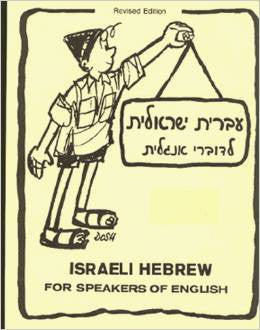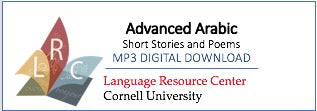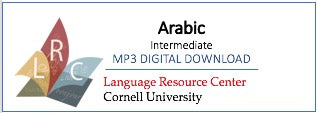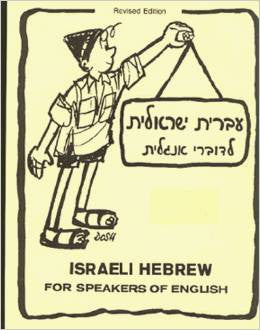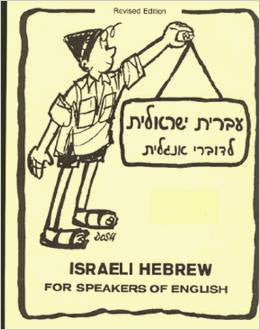Hebrew - Israeli Hebrew for Speakers of English Audio Supplement - Book 1
$ 70.00
Audio recordings to accompany the text
Israeli Hebrew for Speakers of English
By Peter Cole
Urbana, IL: Duben Books, 1979
Sample Audio:
Contents of the Israeli Hebrew SeriesThe Israeli Hebrew for Speakers of English series consists of three full textbooks plus a workbook that introduces the Hebrew alphabet. The series, designed for use with both university, high school and adult education students, leads the language learner through the fundamentals of Modern Hebrew morphology, syntax and lexicon, and prepares him for advanced studies in the language. The series is intended to be compatible with the Modern Hebrew Computer-Assisted Instruction program, a computer-based supplement to classroom language instruction, originally designed for use on the University of Illinois and Control Data Corporation PLATO systems. The textbooks are designed, however, to be used independently of the computer program. The books are accompanied by audio tapes (available free at dubenbooks.freeyellow.com.)
Our Educational Philosophy
It has been the assumption of the authors that the spoken rather than the written language should be emphasized during the initial stages of language learning. In the first two books of the series, we attempt to provide the student with a firm foundation in Israeli Hebrew as it is spoken in informal contexts by educated native speakers. The decision to teach informal spoken Hebrew has led to occasional departures from normative Hebrew. For example, in informal contexts, educated native speakers of Hebrew generally pronounce 'you plural wrote' as katavtem, and not as ktavtem. Thus, we have taught the form katavtem actively and have only mentioned the pronunciation ktavtem in passing the existence of the more formal . We believe this to be justified because we wish to prepare our students to speak and understand the Hebrew spoken by native speakers in Israel today.
Although a colloquial style is emphasized during the initial stages of Hebrew study, a progression toward more literary usage can be seen in the latter chapters of Book Two and throughout Book Three. The goal of the series as a whole is to enable the advanced student to deal competently with the full range of styles in use in Israel. This would include conversational, journalistic and literary Hebrew. We believe that an emphasis on informal spoken Hebrew during the first year of study facilitates the accomplishment of this goal.
Types of Exercise Materials
Related to our emphasis on the spoken language is the decision to stress oral rather than written drill in the first two volumes of the series. The pedagogical philosophy of the series is pragmatic. Choral repetitions, chain drills and transformation drills, the staples of the traditional audio-lingual method, have been used extensively. The use of audio-lingual drills does not mean that we view language learning as no more than rote habit formation. Rather, we believe that in learning a language like Hebrew, which is characterized by a multitude of a forms for verbs and nouns, repetitive drills are one type of useful exercise. It is true that these drills are less interesting for students than exercises that employ communicative skills, but they can be made less dull by a few tricks: These drills should generally be done orally and with the students' books closed. Their purpose is to develop oral facility in the structure being taught. Teachers who are inexperienced in this method should be warned that drills of this type must be carried out very rapidly, or their mechanical nature is likely to lead to inattention on the part of the student. When used properly, however, these drills remain a very effective method of introducing and practicing a new grammatical structure. In addition, grammar drills must be used in conjunction with communicative activities that are designed by instructors to match the interests of their class.
Throughout the books, reading passages and grammar points are used to present and explain difficult structures as well as new vocabulary. The books were designed by linguists specializing in grammar (syntax and morphology), and an attempt has been made to make the grammatical descriptions both simple and scientifically correct. The grammar points may serve as a guide to both teacher and student as to the main emphasis of unit. We also include a variety of exercises, such as matching drills and translation exercises, which are intended primarily for use as homework. We have tried to provide many more exercises than could be conveniently done in class. Our intent is to allow the classroom teacher maximum flexibility in choosing exercises that fill the needs of his or her class.
We would also like to emphasize again that much classroom time should be spent on communicative activities which force students to use and understand the language, not simply to practice grammatical forms.

